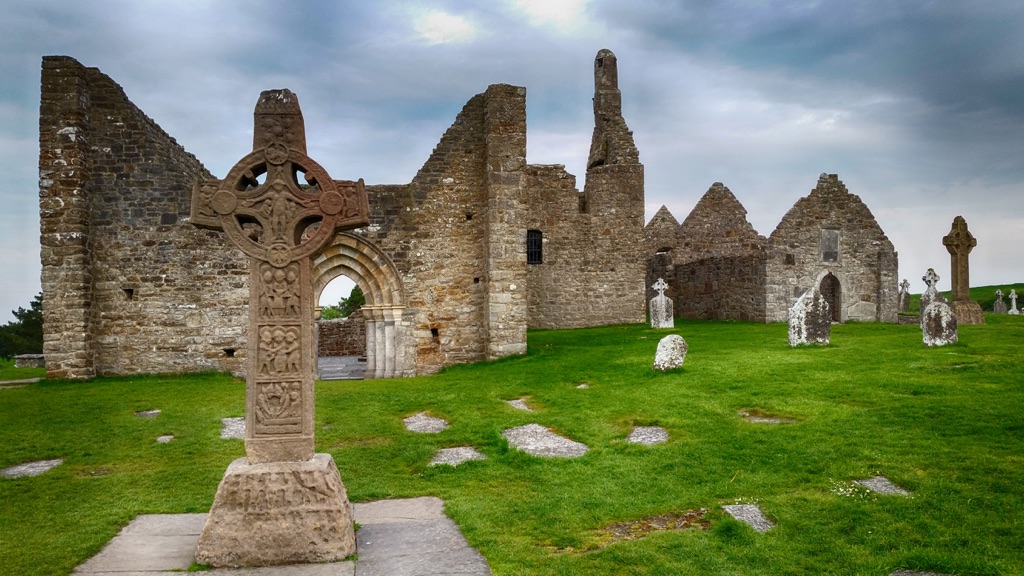Clonmacnoise is an ancient monastic site located in County Offaly, Ireland, on the banks of the River Shannon. Founded by St. Ciarán in the mid-6th century, it became a center for religion, learning, craftsmanship, and trade. The site includes the ruins of a cathedral, seven churches, two round towers, three high crosses, and a large collection of early Christian grave slabs. For centuries, it was a site of pilgrimage and an important center of religion, learning, and craftsmanship. Clonmacnoise was also a burial place for the kings of Tara and Connacht. Today, it stands as a significant historical and archaeological site, attracting scholars and visitors from around the world.
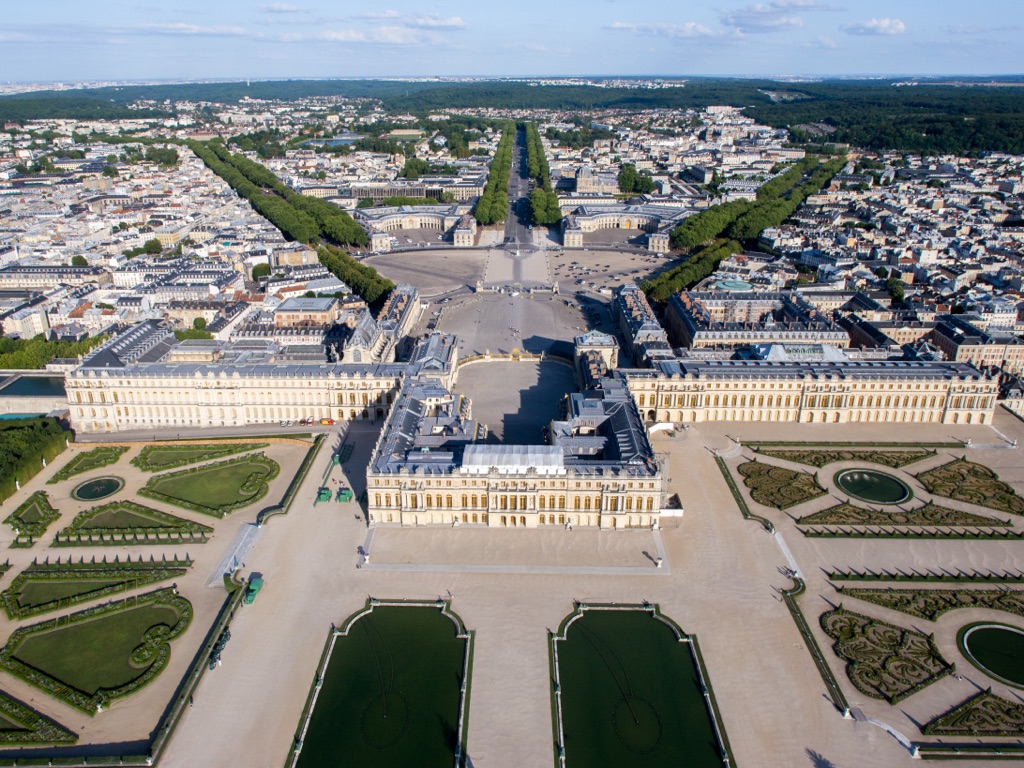
Palace of Versailles
The Palace of Versailles, a symbol of royal absolutism and the embodiment of classical French art, stands as a testament to the grandeur of the French monarchy. Originally a hunting lodge for King Louis XIII, it was transformed by his son, Louis XIV, into a magnificent palace that served as the seat of France’s government for over a century. The palace is renowned for its opulent architecture, beautiful gardens, and the Hall of Mirrors, where the Treaty of Versailles was signed in 1919, ending World War I. Today, it is a UNESCO World Heritage site, attracting millions of visitors from around the globe.
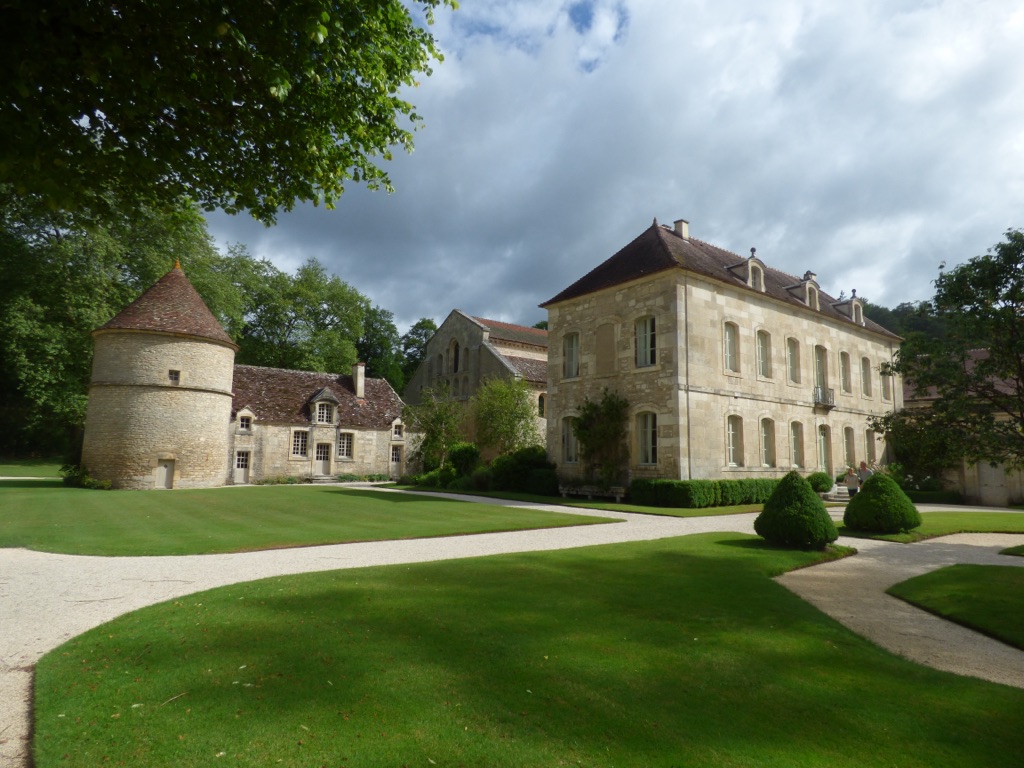
Abbey of Fontenay
The Abbey of Fontenay is a former Cistercian monastery in France, founded by Saint Bernard of Clairvaux in 1118. It is one of the oldest and most complete Cistercian abbeys in Europe. Nestled in a small valley in Burgundy, the abbey was built with the intention of following the strict observance of the Rule of Saint Benedict. Over the centuries, it has been a center of religious life, economic activity, and architectural innovation. The abbey was declared a UNESCO World Heritage site in 1981, recognizing its historical and cultural significance, as well as its well-preserved state that provides insight into the life of Cistercian monks.
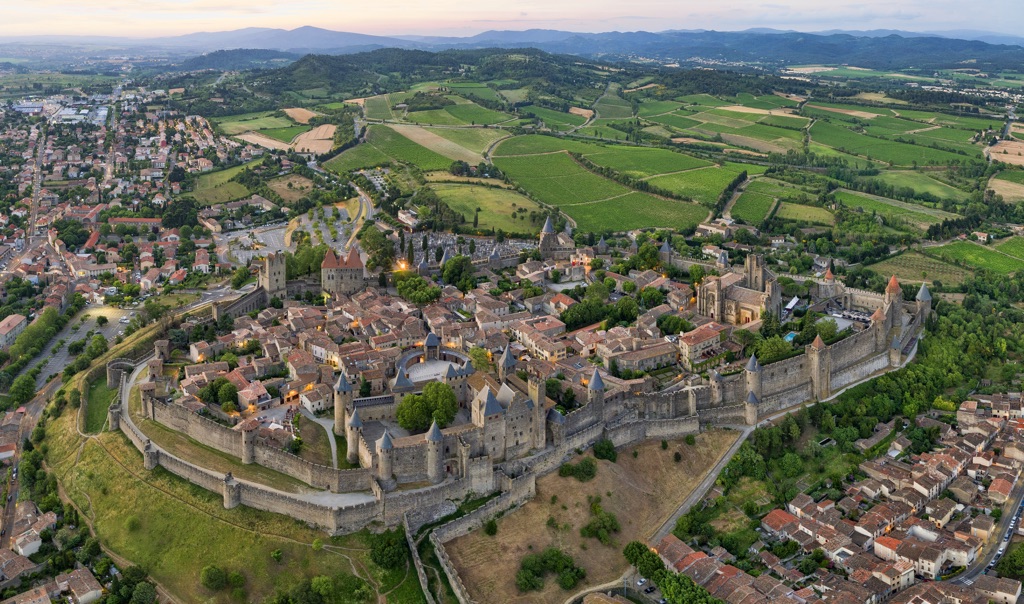
Carcassonne
Carcassonne is a fortified medieval city located in the south of France. It stands as a remarkable example of a medieval fortress, complete with walls, towers, and a castle. Carcassonne has a rich history that dates back to the Roman period. Over the centuries, it has seen numerous modifications and restorations, particularly during the 19th century under the guidance of architect Eugène Viollet-le-Duc. Today, it is a UNESCO World Heritage site, attracting visitors from around the world who come to marvel at its historical significance and architectural beauty.
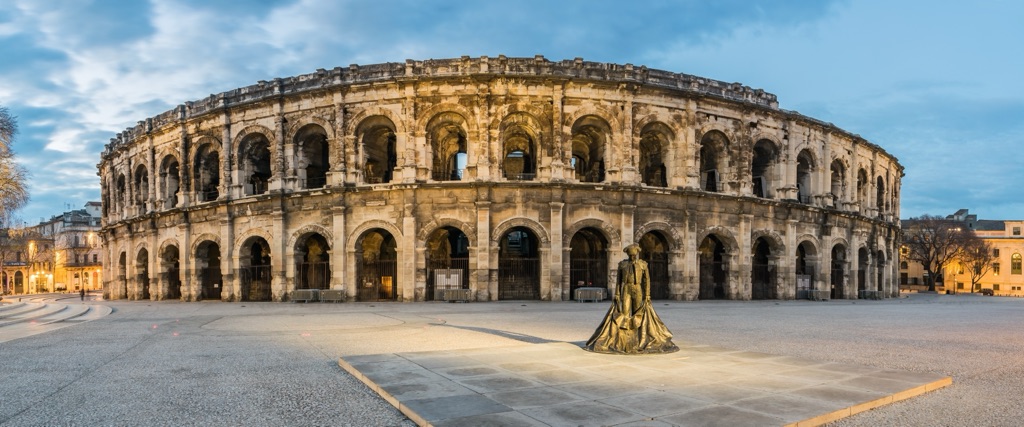
Arena of Nîmes
The Arena of Nîmes is a remarkably well-preserved Roman amphitheater located in Nîmes, France. Built around 70 AD, it was designed for gladiatorial combat and could seat up to 24,000 spectators. Over the centuries, it has served various purposes, from a fortress to a village and even as a bullring, which it remains today. The Arena stands as a testament to the engineering prowess of the Romans and continues to be a focal point for cultural events, drawing visitors from around the world.
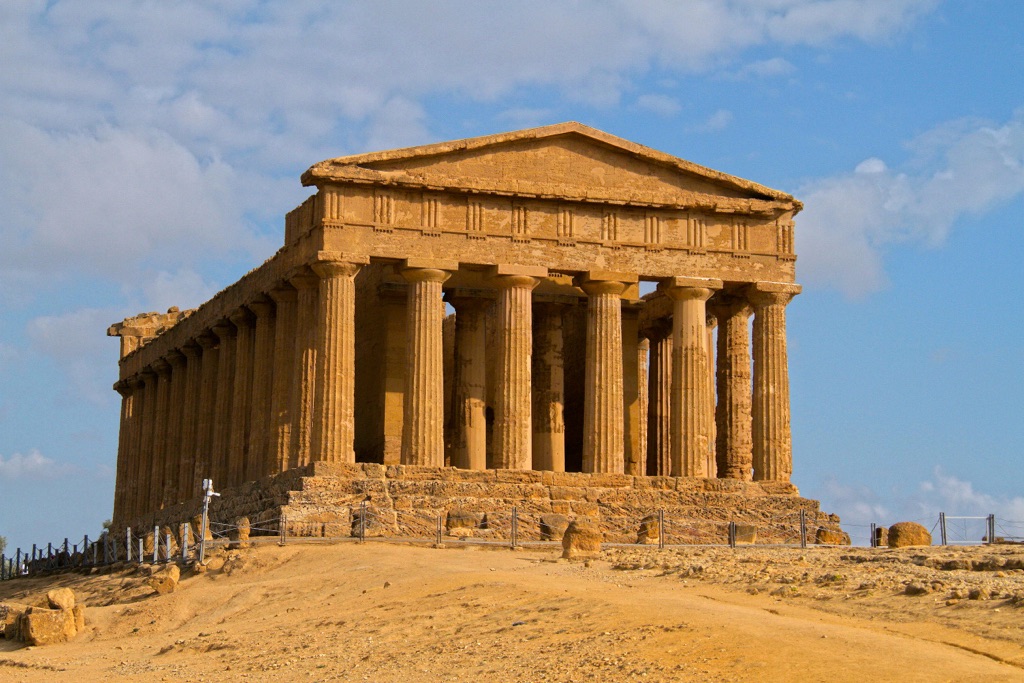
Valley of the Temples
The Valley of the Temples is a stunning archaeological site in Sicily, Italy, renowned for its well-preserved ancient Greek temples. This UNESCO World Heritage site, located near the town of Agrigento, is one of the most significant examples of Greater Greece art and architecture. The temples, built during the 5th and 6th centuries BC, stand as a testament to the wealth and power of the ancient city of Akragas. The site attracts scholars, tourists, and history enthusiasts from around the world, eager to witness the grandeur of these ancient structures.

